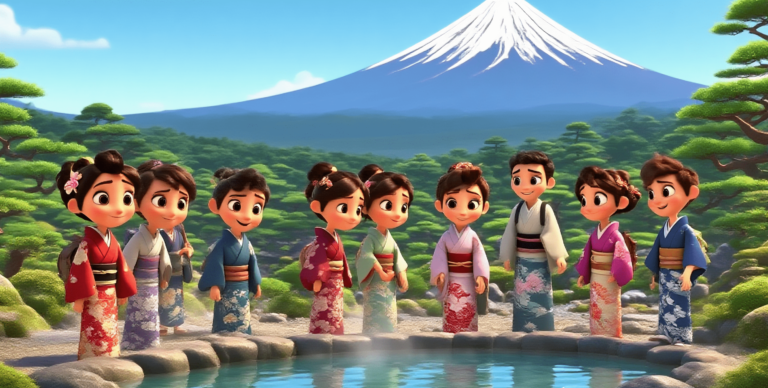The Key to Positive Interactions
These fundamental expressions not only facilitate everyday..

Introduction:
Whether you’re planning a trip to Japan or simply want to communicate with Japanese speakers, learning basic phrases and greetings is the first step towards building meaningful connections. These fundamental expressions not only facilitate everyday interactions but also show respect for the language and culture. In this blog, we’ll explore essential Japanese phrases and greetings, along with their cultural significance and correct usage.
1. Greetings:
a. こんにちは (Konnichiwa) – Hello:
One of the most common greetings in Japanese, “Konnichiwa” is used throughout the day, equivalent to “hello” in English. It’s a versatile greeting appropriate for any situation.
b. おはよう (Ohayou) – Good morning:
This greeting is used to say “good morning” and is commonly heard in the early hours of the day.
c. こんばんは (Konbanwa) – Good evening:
“Konbanwa” is used to greet someone in the evening, similar to saying “good evening” in English.
2. Basic Conversation Phrases:
a. お元気ですか? (Ogenki desu ka?) – How are you?:
A common way to inquire about someone’s well-being, similar to asking “how are you?” in English.
b. はい (Hai) – Yes / いいえ (Iie) – No: Simple responses to affirm or deny something.
3. Expressing Gratitude:
a. ありがとう (Arigatou) – Thank you:
A simple and widely used expression of gratitude, “Arigatou” shows appreciation and politeness.
b. どうもありがとうございます (Doumo arigatou gozaimasu) –
Thank you very much: A more formal and polite way to express gratitude, especially in situations that require extra courtesy.
4. Apologies and Excuses:
a. ありがとう (Arigatou) – Thank you:
A simple and widely used expression of gratitude, “Arigatou” shows appreciation and politeness.
b. どうもありがとうございます (Doumo arigatou gozaimasu) –
Thank you very much: A more formal and polite way to express gratitude, especially in situations that require extra courtesy.
5. Introductions:
a. はじめまして (Hajimemashite) – Nice to meet you: Used when meeting someone for the first time, “Hajimemashite” is a friendly and polite introduction.
b. わたしは [Name] です (Watashi wa [Name] desu) – My name is [Name]: An essential phrase for self-introductions, where you replace “[Name]” with your actual name.
6. Polite Endings:
a. ではまた (Dewa mata) – See you later:
A polite way to say goodbye, expressing the intention to meet again.
b. お休みなさい (Oyasumi nasai) – Goodnight:
Used when saying goodnight to someone.
Conclusion:
Learning basic phrases and greetings is an essential aspect of understanding Japanese culture and connecting with native speakers. The phrases covered in this blog provide a solid foundation for your language journey, demonstrating respect and appreciation for the language and its people. Practice these expressions regularly, and don’t be afraid to use them in your interactions with Japanese speakers. With each greeting and “arigatou,” you’ll not only be making friends but also forging meaningful connections that transcend language barriers. So, put these phrases into action and embark on a journey of cultural understanding and genuine communication in the beautiful language of Japan. さようなら (Sayounara – Goodbye) and best of luck on your language learning adventure!






